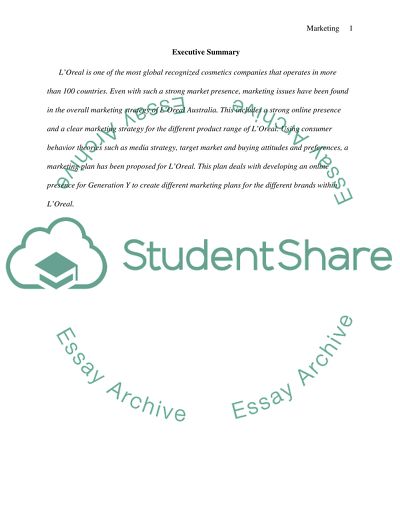Cite this document
(“Marketing Research Paper Example | Topics and Well Written Essays - 2750 words”, n.d.)
Retrieved de https://studentshare.org/marketing/1392068-mareting-report
Retrieved de https://studentshare.org/marketing/1392068-mareting-report
(Marketing Research Paper Example | Topics and Well Written Essays - 2750 Words)
https://studentshare.org/marketing/1392068-mareting-report.
https://studentshare.org/marketing/1392068-mareting-report.
“Marketing Research Paper Example | Topics and Well Written Essays - 2750 Words”, n.d. https://studentshare.org/marketing/1392068-mareting-report.


